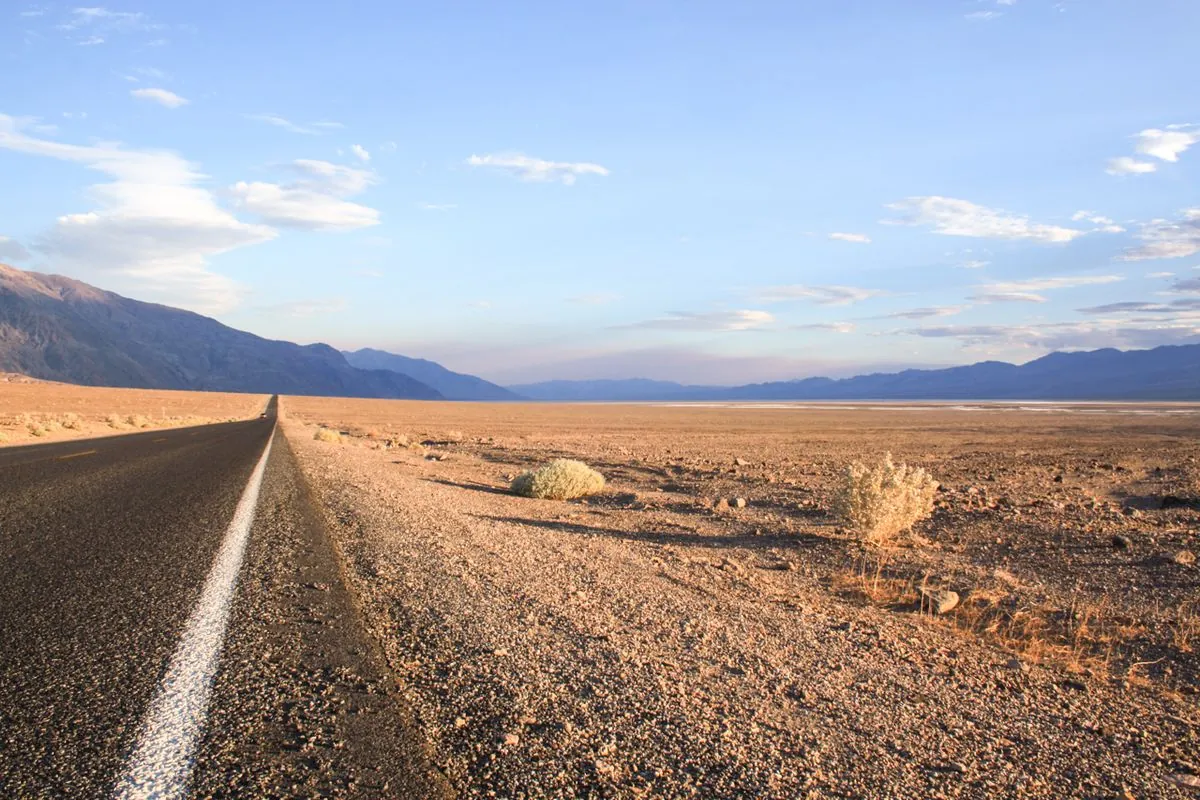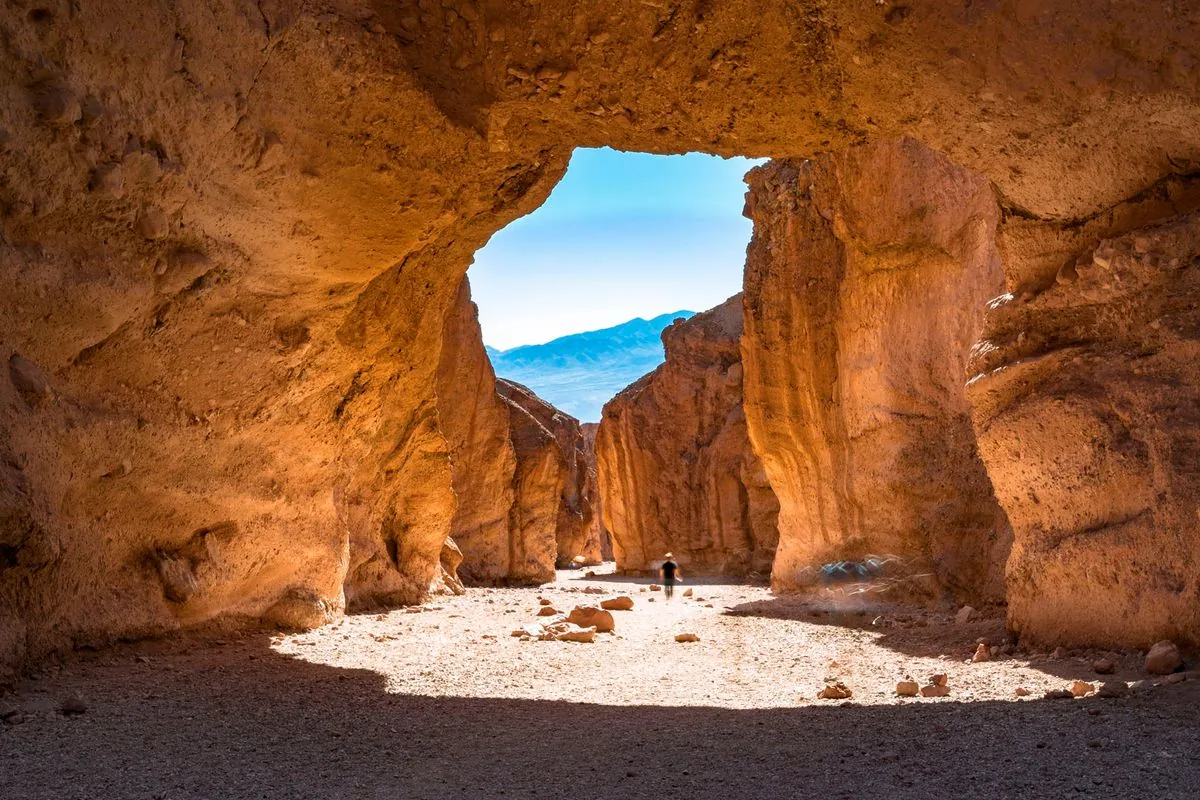Death Valley Claims Second Life in Summer Heat Wave
Death Valley National Park reports second heat-related fatality this summer. Visitor succumbs to hyperthermia on day with temperatures nearing 120°F. Park officials reiterate safety warnings for extreme conditions.

Death Valley National Park, renowned as the hottest place on Earth and the driest in North America, has experienced its second heat-related fatality this summer. The incident occurred on August 1, 2024, when temperatures approached 120°F (48.3°C), highlighting the extreme conditions visitors face in this unique environment.
Peter Hayes Robino, a 57-year-old resident of Duarte, California, was observed by bystanders exhibiting signs of distress near the Natural Bridge Trailhead. Despite offers of assistance, Robino declined help and returned to his vehicle, subsequently driving off a 20-foot embankment at the parking lot's edge. Witnesses reported that his responses were incoherent, a common symptom of heat-related illness.
Emergency responders arrived at the scene approximately 20 minutes after receiving a 911 call at 3:50 p.m. Despite immediate medical intervention, including CPR and transfer to an air-conditioned ambulance, Robino was pronounced deceased at 4:42 p.m. An autopsy confirmed hyperthermia as the cause of death.
This tragic event follows a series of heat-related incidents in Death Valley. In July 2024, a motorcyclist lost their life while traversing the desert during a record-breaking 128°F (53.3°C) day. Additionally, a European tourist sustained severe burns from briefly walking barefoot on the scorching sand.

Death Valley National Park, the largest in the contiguous United States, encompasses a diverse landscape including Badwater Basin, North America's lowest point at 282 feet below sea level. The park's extreme climate presents unique challenges for visitors and wildlife alike.
Park officials have implemented various safety measures to protect visitors:
- Large red stop signs at popular locations warning of extreme heat dangers after 10 a.m.
- Recommendations to avoid hiking after 10 a.m. and stay within a 10-minute walk of air-conditioned vehicles
- Advice to drink plenty of water, consume salty snacks, and use protective gear like hats and sunscreen
"Summer travelers should not hike in the valley after 10 a.m. and should stay within a 10-minute walk of an air-conditioned vehicle. We recommend drinking plenty of water, eating salty snacks, and wearing a hat and sunscreen."
It's crucial to note that emergency medical helicopters typically cannot operate safely in temperatures exceeding 120°F (48.8°C), further emphasizing the importance of visitor preparedness and caution.
Despite its harsh conditions, Death Valley boasts remarkable biodiversity, hosting over 1000 plant species, 51 of which are endemic, and over 300 bird species. The park's unique features, such as the mysterious moving rocks of Racetrack Playa and the 600-foot deep Ubehebe Crater, continue to attract visitors year-round.
As climate patterns evolve, Death Valley's extreme conditions may intensify. The park recorded the highest reliably measured air temperature on Earth at 54.4°C (129.9°F) on August 16, 2020, at Furnace Creek. This underscores the ongoing need for visitor awareness and adherence to safety guidelines in this captivating yet challenging environment.


































